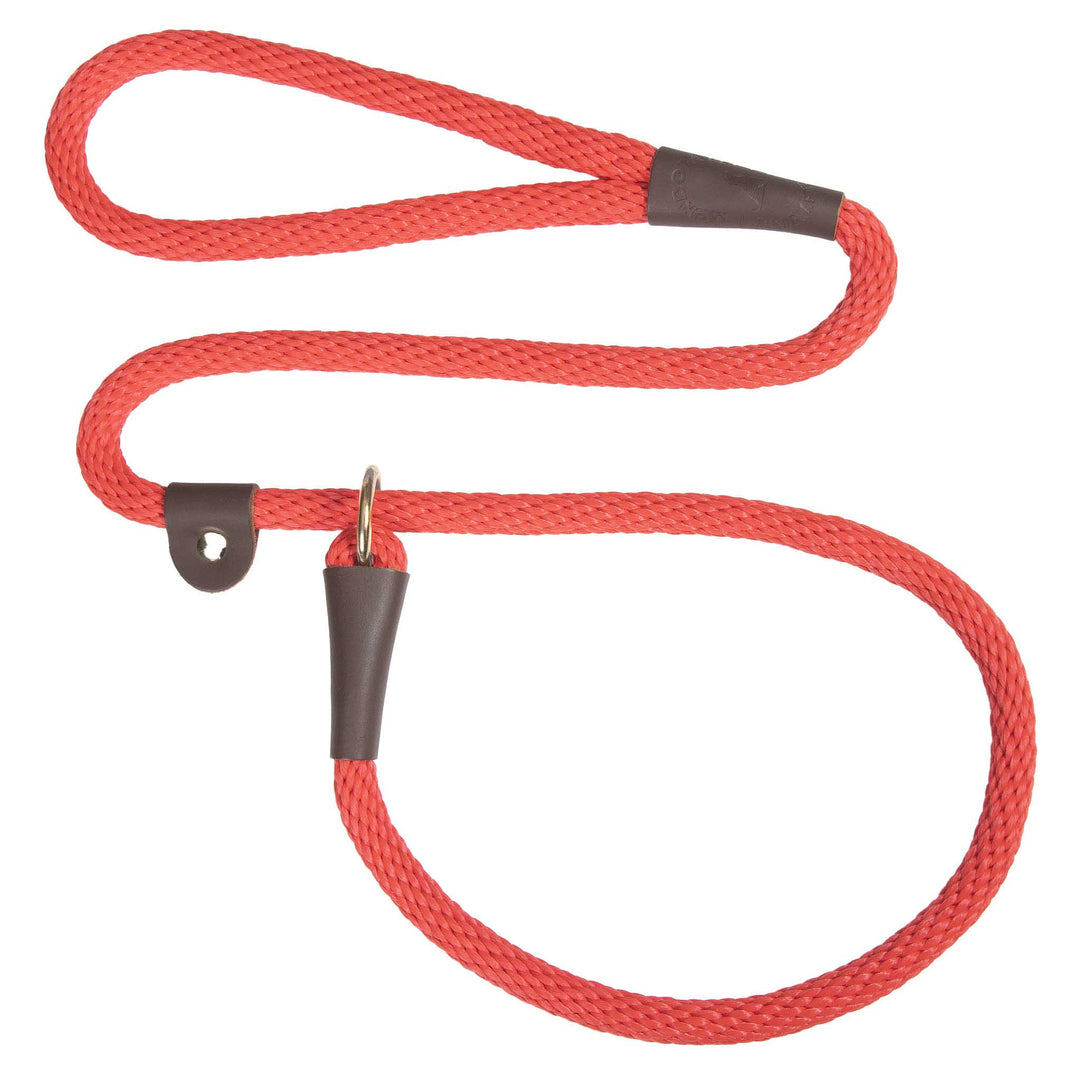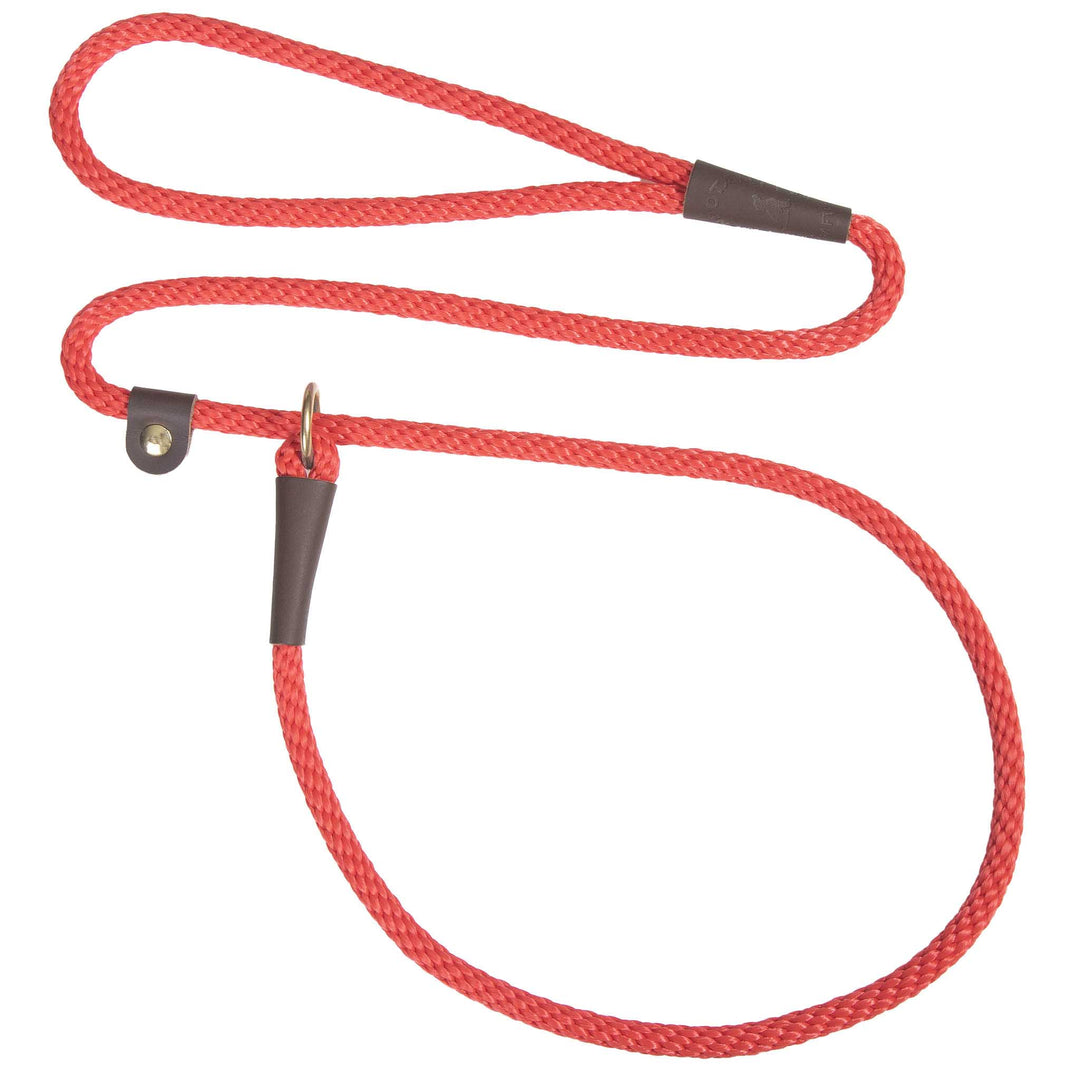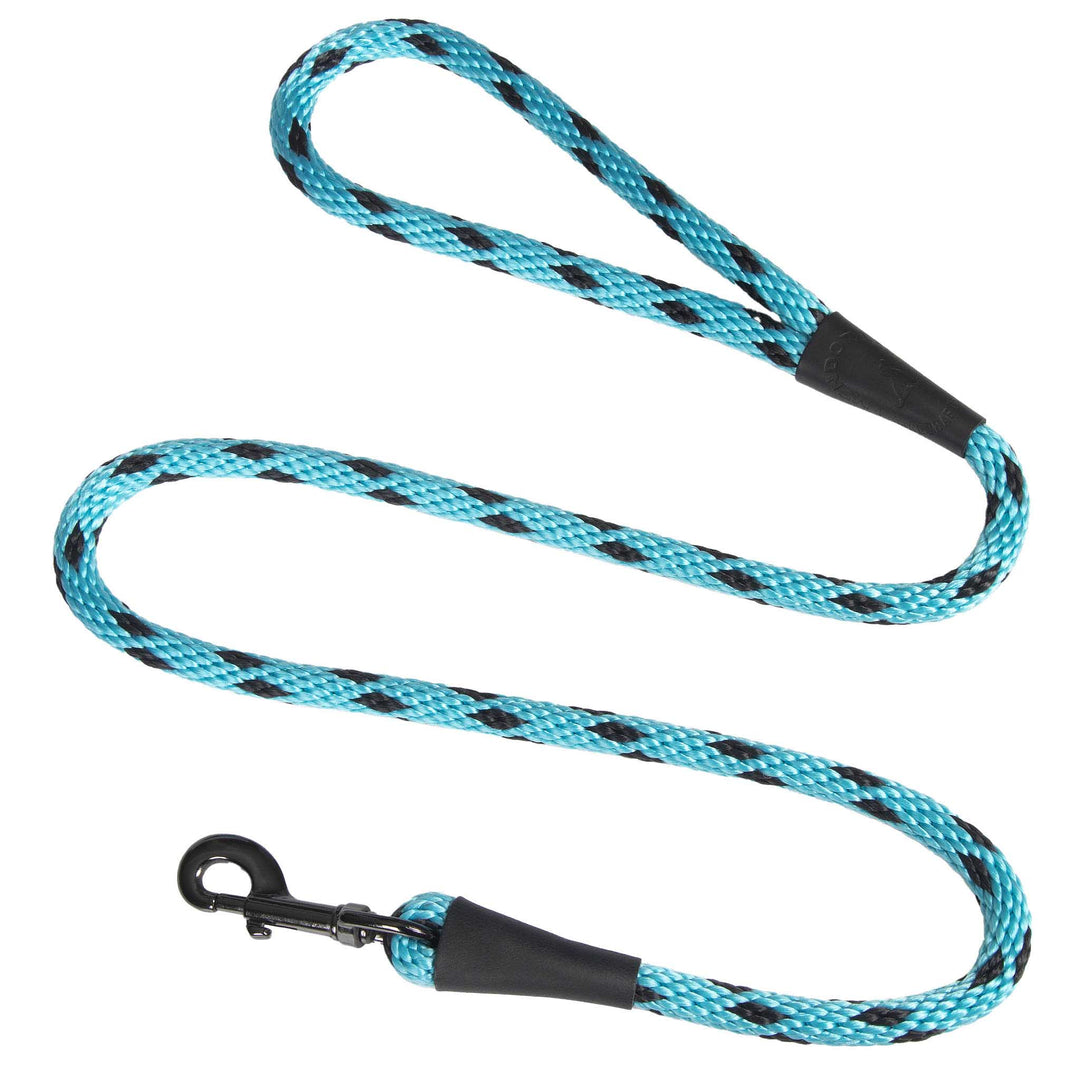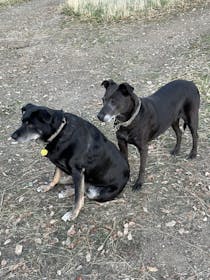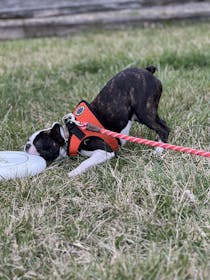Ticks: What they are and How to keep your dog safe
The best way to prevent ticks is to know what they are and what you can preemptively do, so here is the 411!
What Are Ticks?
Ticks are spidery looking, eight-legged little egg shaped blood suckers that range in size from 1mm to 1cm long. They can’t fly, but they can crawl and climb on vegetation, fur or clothing to get to a target. Below is a picture of a tick:

What Do They Do (To your Dog)?
Ticks burrow into a dog’s (or human’s) skin via their sharp mandibles (mouths) in order to access the bloodstream and establish a supply of blood in order to live – though some species of tick can live for a year without blood! They pose an incredible risk to your dog and you because they are disease vectors – they can transmit many diseases to human or animal hosts through their saliva being introduced into a host’s bloodstream. Diseases such as Lyme disease, Rocky Mountain Spotted Fever (RMSF), Anaplasmosis and Erlichosis can be transmitted to both dogs and people by ticks. Hosts can also develop irritations from tick bites like itchiness, rashes, and sometimes even paralysis.
Where are they found?
Certain tick species are more prevalent in certain areas of the U.S.
For example: The Lyme disease-carrying Deer or Blacklegged ticks can be commonly found in the northeastern and upper midwestern states, the Erlichosis-carrying Lone star tick is mostly found in the south central and eastern states, and the American dog tick, Rocky Mountain wood tick and Brown dog tick, all whom carry (RMSF) are commonly found in Arkansas, Delaware, Missouri, North Caroline, Oklahoma and Tennessee.
The best way to know what’s more common in your area is to check out the awesome interactive incidence maps by the Companion Animal Parasite Council on their website! (US and Canada).
How Can I keep my dog safe?
First of all, you want to be very careful when taking your dog out for walks; dense underbrush and heavily wooded areas are primarily where ticks lurk about, waiting to brush up on their next meal. Secondly, the more regularly you groom and check over your dog, the easier it will be to spot something going on. An easy method is to run your hands along your dog’s body – any odd lumps or bumps should be investigated. The most common areas n your dog that ticks will attach themselves to are the head, necks, ears and feet. Your dog may also be uncommonly itchy or scratchy, or may be biting at themselves, so it’s best to pay attention to your dogs behavior.
The best way to keep your dog safe is to use products that repel or prevent ticks. There are collars and sprays that repel ticks, as well as oral flea and tick preventatives under such brand names as Nexgard, Bravecto and Simparica. But, as always, consult your veterinarian for the risks and benefits of using such medication.
My Dog has ticks! What can I do?
If your dog has unfortunately ended up with ticks, they are some things you should and shouldn’t do.
DON’T:
- Don’t try to pull the tick off with your fingers
- Don’t squish or crush it – this can cause infected blood to go back into your dog’s body, increasing the possibility of infection
- Don’t try and take it off with acetone (nail polish remover) or Vaseline – this may cause the tick to vomit blood back up into your dog
- Don’t try and burn it off
- Don’t dispose of a tick in the sink or trashcan – they can climb back out
DO:
- Do talk to your veterinarian for treatment
- Do look into/use safe tick removal products that can pull it off without harming your dog
- Do save any ticks you pull off in alcohol, for testing if you think your dog may have contracted a disease
- Do clean the de-ticked bite area with rubbing alcohol, iodine, or soap and water
Remember, preparedness is the best prevention!
Thanks to:
Pets & Parasites
Dogs Naturally Magazine
Blue Cross.org
medicinenet.com
Photo by Foad Roshan on Unsplash




